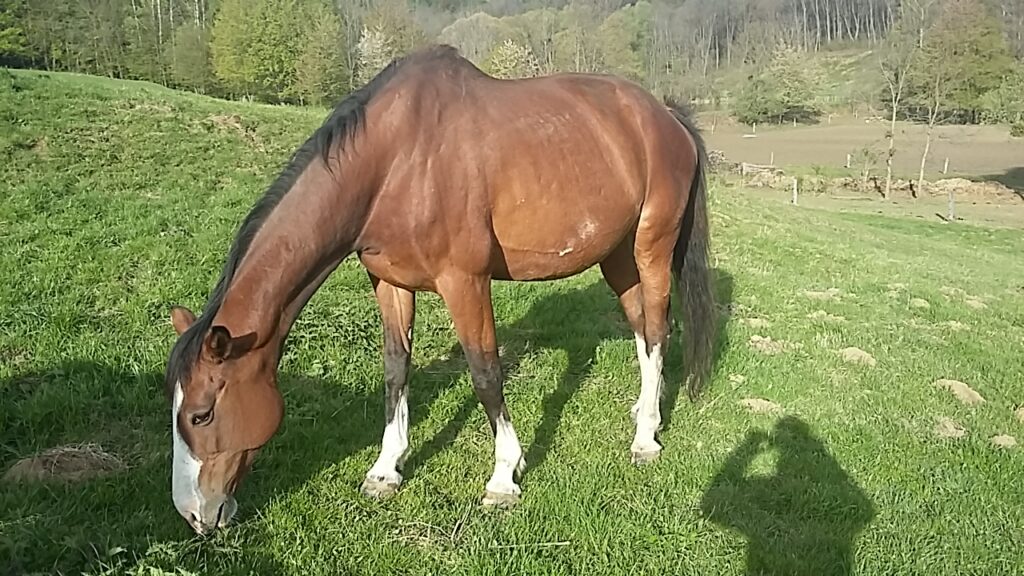
Kopecká A. Equinní sarkoid – přehled terapeutických metod II. díl. Equine sarcoid – a review of therapeutic methods Part II. Veterinářství 2025;75(5):270-274.
SOUHRN
Equinní sarkoid je nejčastějším tumorem u koní vůbec. Vzniká v důsledku neoplastické proliferace fibroblastů spojené s infekcí bovinním papilomavirem typ 1 a 2. Ačkoli tyto tumory nemetastazují, mají tendenci být lokálně invazivní a agresivní. To může vést k vážným problémům s welfare koní, ovlivnit využitelnost a tím snížit jejich hodnotu. Druhá část přehledu zpracovává na vědeckých důkazech založené informace o intralezionální terapii, imunoterapii, radioterapii a systémové terapii equinního sarkoidu. Navzdory široké škále terapeutických přístupů s různou vědeckou podporou a úspěšností není žádná jednotlivá léčebná metoda univerzálně účinná.*
SUMMARY
Equine sarcoid is the most common tumor in horses. It arises from the neoplastic proliferation of fibroblasts and is associated with infection by bovine papillomavirus types 1 and 2. Although these tumors do not metastasize, they tend to be locally invasive and aggressive. This can lead to serious welfare issues for affected horses, impair their usability, and reduce their value. The first part of this review presents evidence-based information on intralesional therapy, immunotherapy, radiotherapy, and systemic therapy for equine sarcoid. Despite the wide range of therapeutic approaches – each with varying degrees of scientific support and reported success – no single treatment method has proven universally effective.